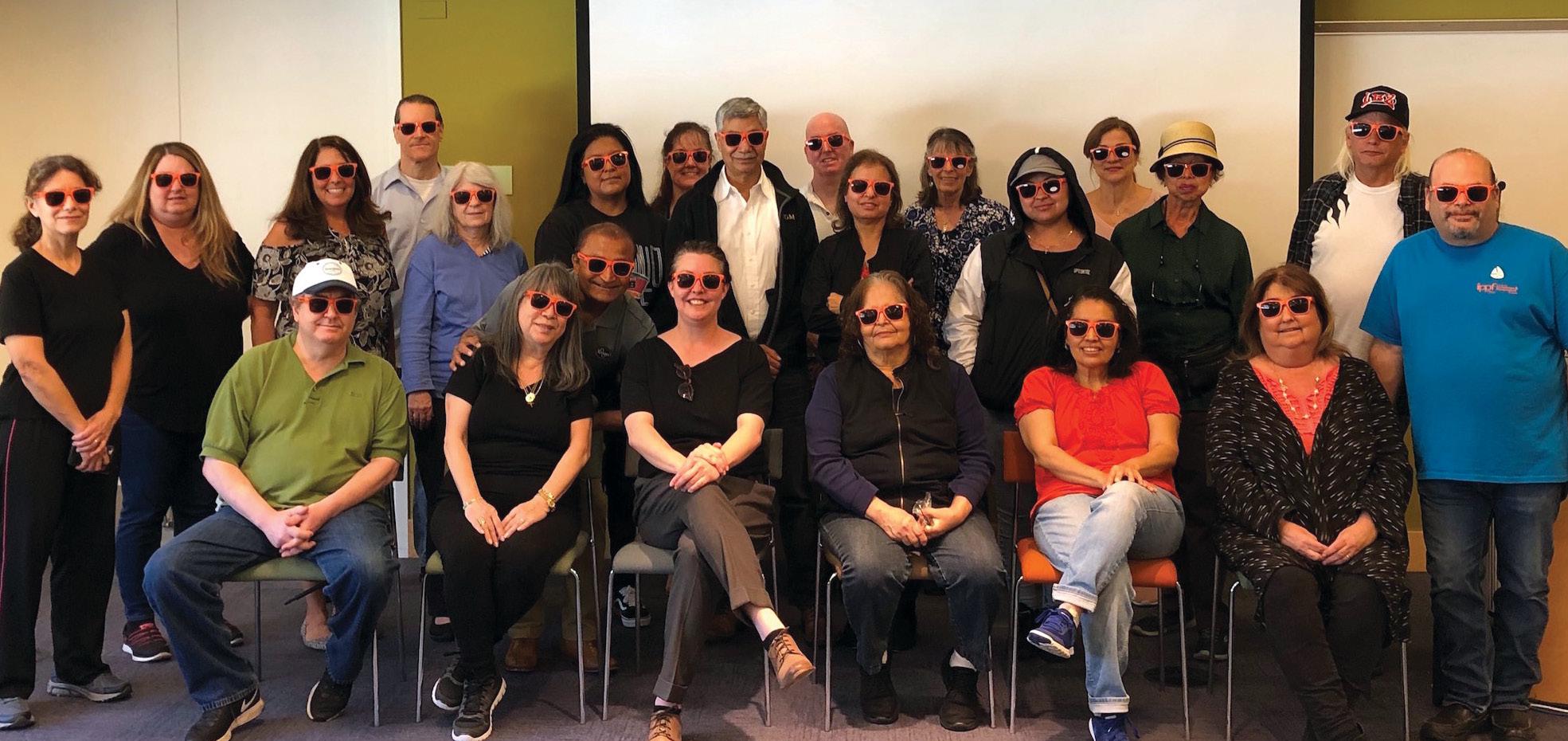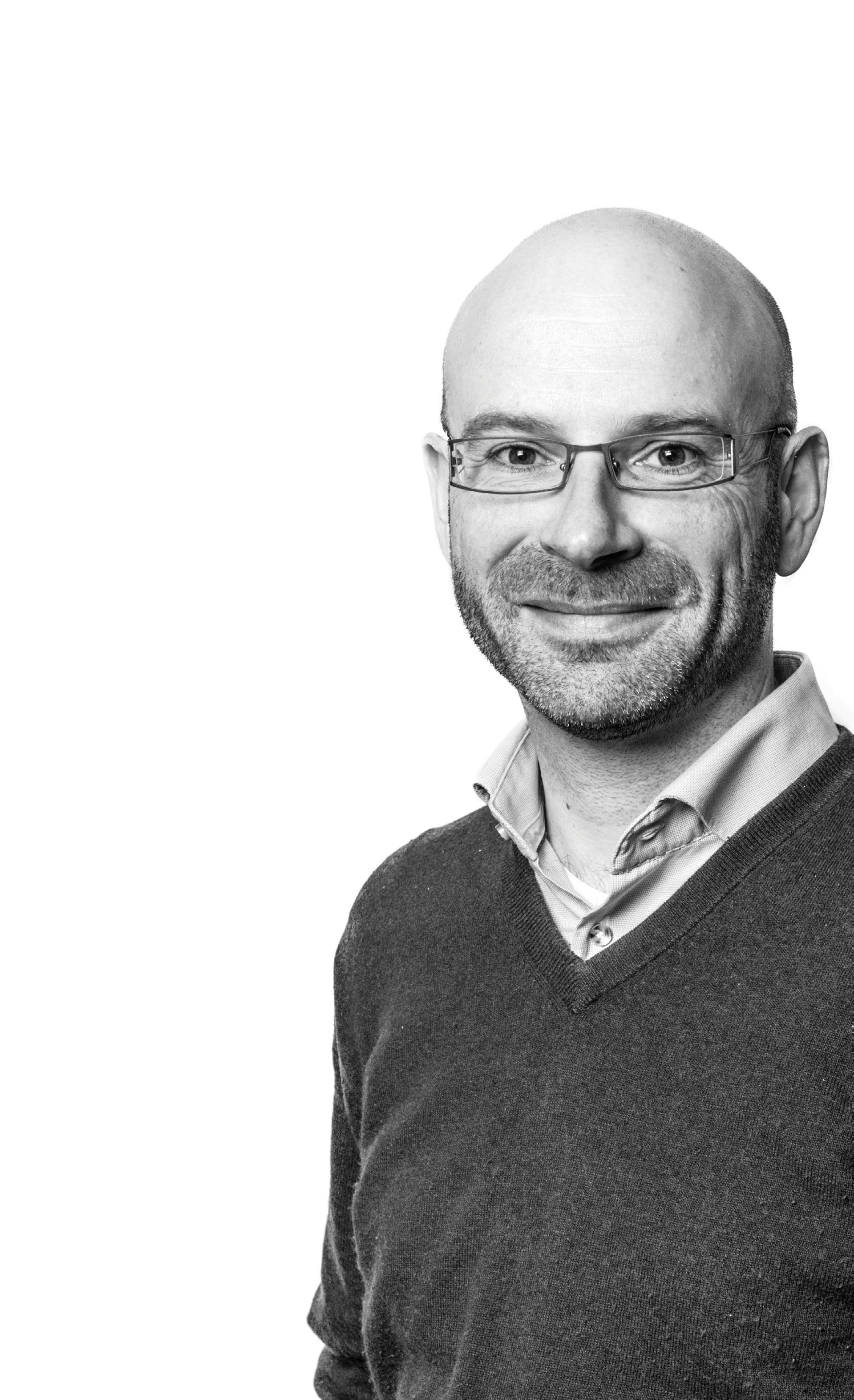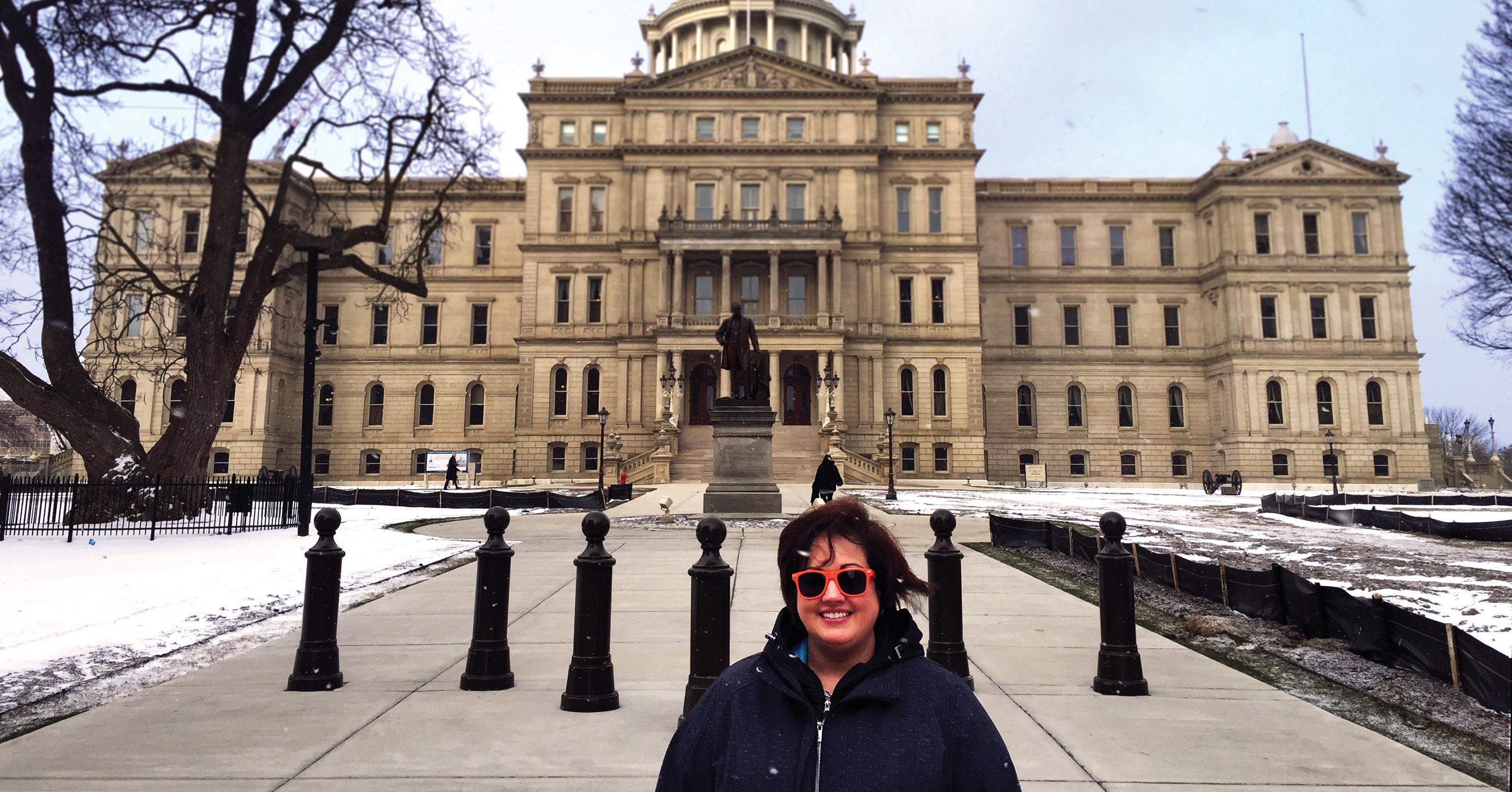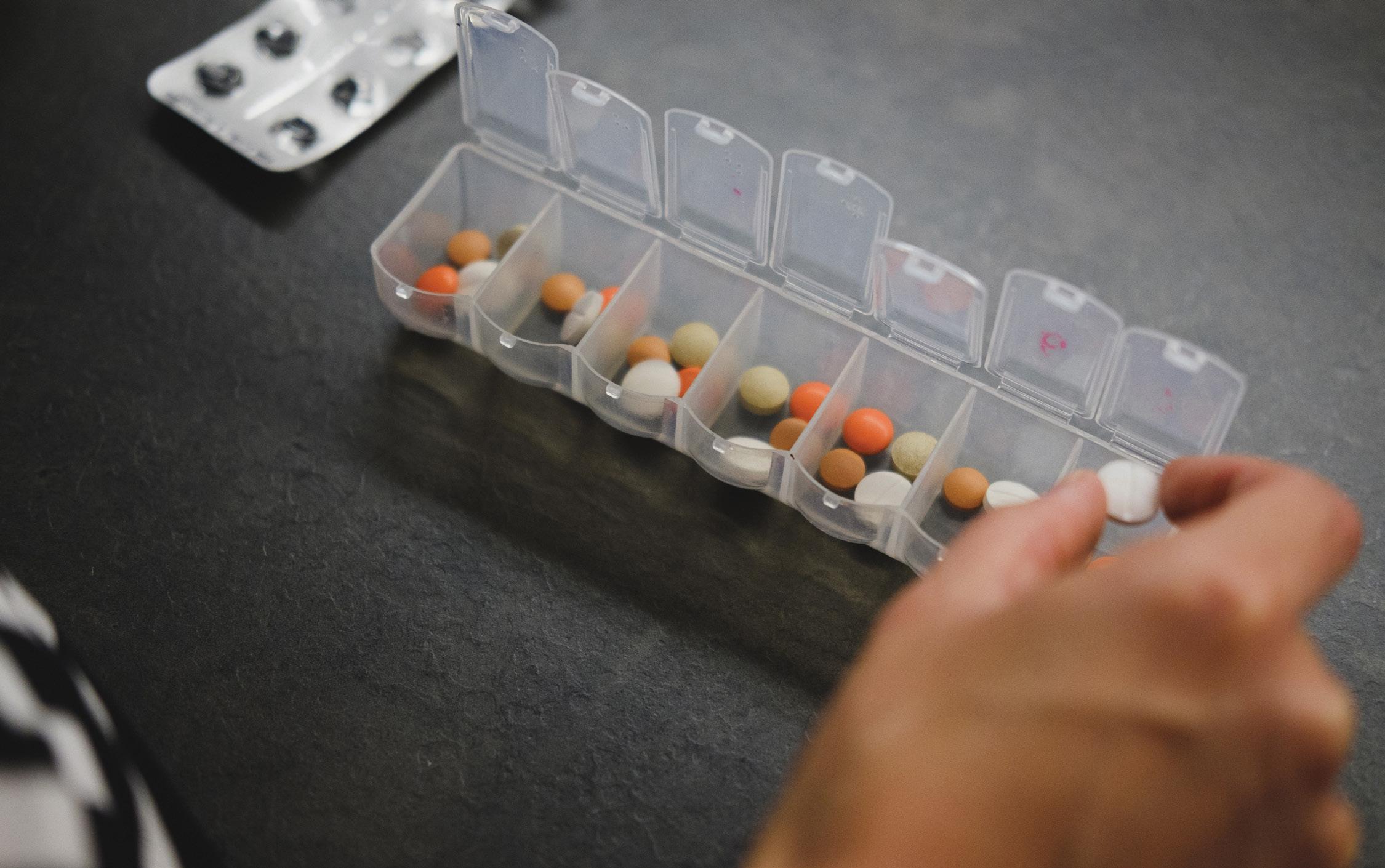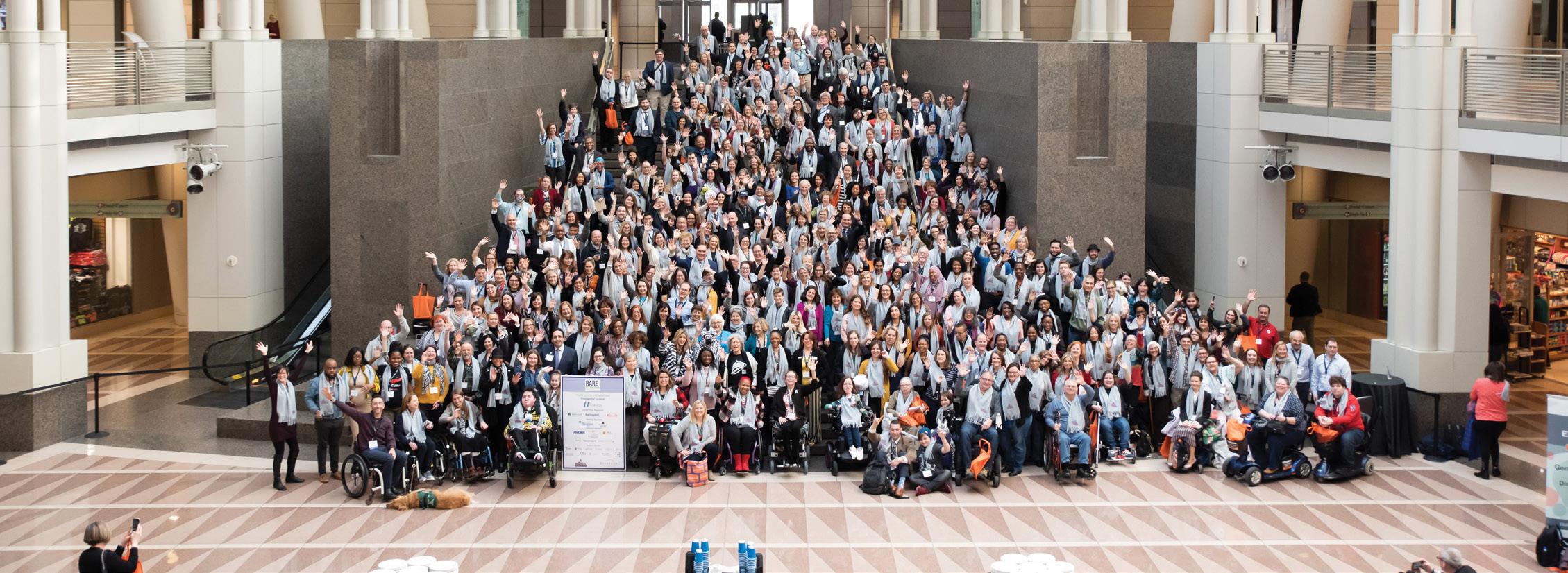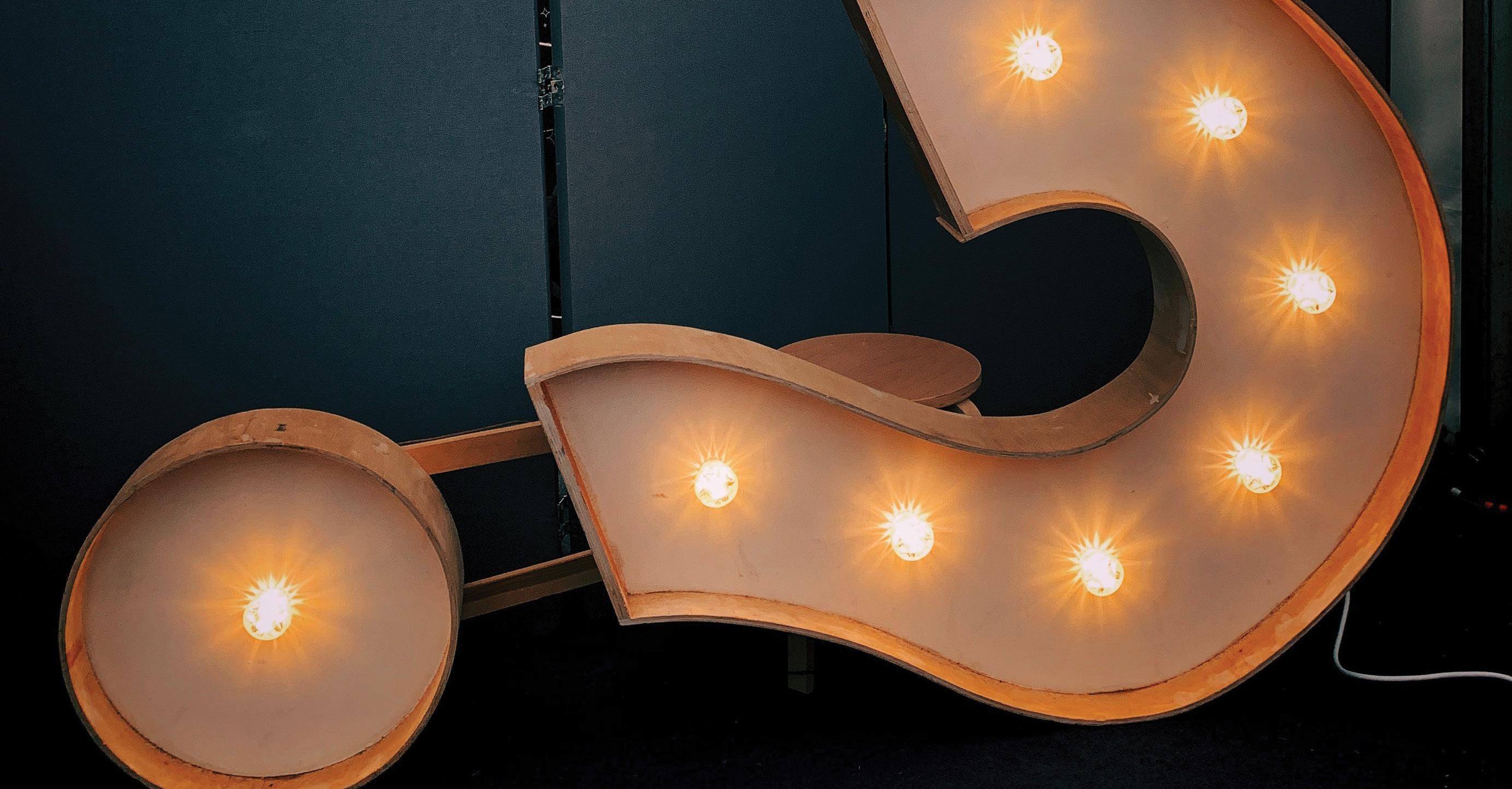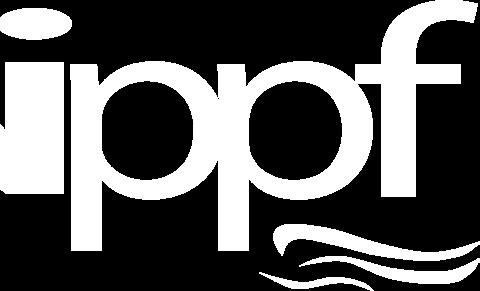Research & Treatments
Setting Research Priorities for the Treatment of Pemphigus and Pemphigoid in the UK Isobel Davies
I
n 2018, PEM Friends, the UK support group for people with immune-bullous diseases, was invited to participate in a Priority Setting Partnership (PSP) by the UK Dermatology Clinical Trials Network (UK DCTN). After eagerly agreeing to something we knew nothing about, we discovered that this PSP was intended to establish the top issues related to the treatment of pemphigus vulgaris, bullous pemphigoid, and mucous membrane pemphigoid that required investigation or research. A PSP enables clinicians, patients, and caregivers to work together on an equal footing to prioritize particular areas of health and care that could benefit from research. Facilitated by the James Lind Alliance, this PSP is funded by the Nottingham Hospitals Charity and coordinated by the UK DCTN at the Centre of Evidence Based Dermatology. It is also organized by the PSP partner organizations. Our work started by refining the communications and the wording for the first survey. This task was
6
Quarterly | Winter 2020
surprisingly tough. We wanted to speak to as many medical professionals, patients, and caregivers affected by these diseases as possible, and it was a challenge to clearly explain our goals to these groups in a simple way.
Despite the fact that the PSP includes PEM Friends, patients, dermatologists, ophthalmologists, and dermatology nurses, our biggest challenge has been finding contributors for the survey. Clinics run by experts in these diseases in the UK are few and far between. They hand out information and copies of the survey; however, we need to reach as many people as possible, and unfortunately there are no lists of patients with our
www.pemphigus.org

